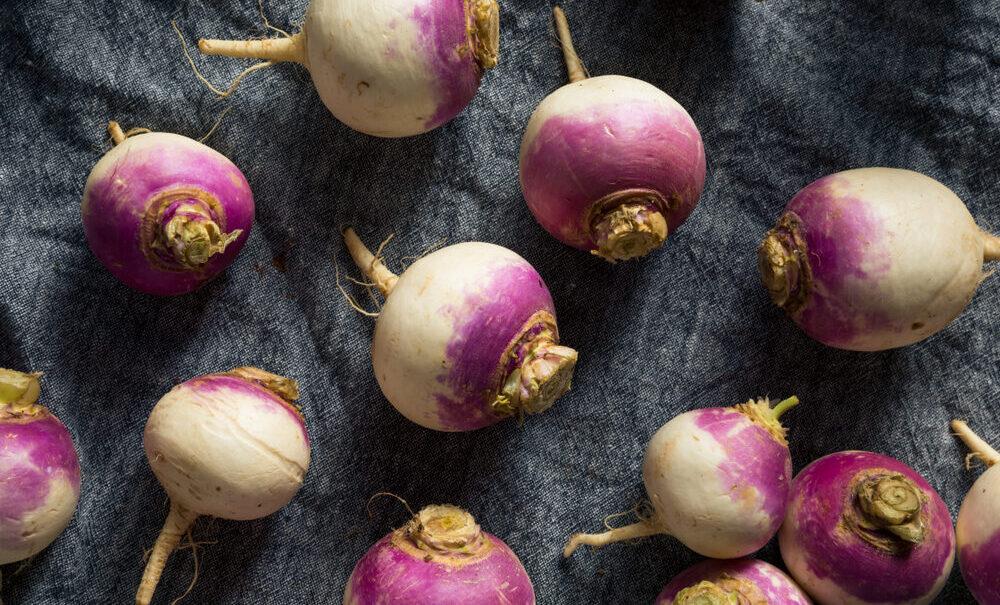Many chefs will tell you that it’s always best to use produce that’s in season when cooking any dish. While technique is important, using the freshest and most available ingredients is half the battle. Ingredients should speak for themselves, and when arranged properly, can make a gorgeous and exquisite meal.
Winter produce offers some of the deepest flavors and most vibrant colors, and can make any dish shine. Moreover, winter is the perfect time of year to get cozy and practice your skills in the kitchen.






